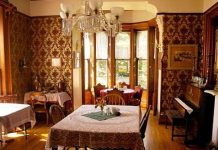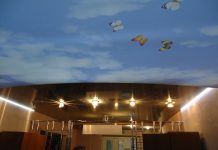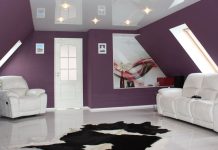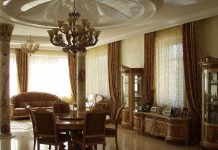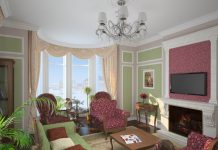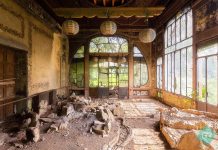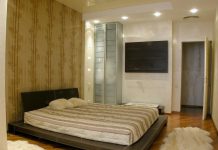Plaster is a thick mass used for finishing work on the surfaces of walls and ceilings. It can be an independent coating, and as an additional base for other materials. There are several types of plaster:
Plaster “warm“ — an interesting achievement of the last few years has been the manufacture of construction companies – manufacturers of ”warm” plasters. Thus, it became possible to simultaneously plaster the surface and immediately insulate it, that is, such plasters perform two functions simultaneously. There is a plaster, which includes expanded balls of silicon. It is white in color, applied to the surface without additional priming and at the same time meets all the necessary requirements and standards that are usually imposed on these materials.
Among other things, such an improved plaster practically does not absorb water and is fireproof, and its thermal protection properties are 50% higher than those of a conventional one. The composition of this plaster includes a cement solution and fillers, which can be a crumb of expanded clay, pumice powder, sand from perlite and so on. Warm plaster can be used both outdoors and indoors, and the thickness of the application can reach 10 cm. It has good adhesion to almost any surface, and after its application can be covered with any kind of decorative paint. According to its purpose and composition , it can be:
• plaster containing expanded vermiculites;
• plaster containing sawdust.
Structural plaster is an inhomogeneous granular mass, into which different granules can be added: small stones, wood fiber, pieces of quartz, mica, and so on. It can be made on the basis of water or solvents. Water-based plasters are used for interior finishing work, as they are odorless. In order to get started, you do not need to pre-mix or dilute it, as a rule, such plaster is sold ready-made. It is very plastic and obedient to any tool used for its application. This plaster is suitable for all types of surfaces, and it can be used inside and outside. Its original color is white, but if necessary, it can be painted in various colors. This can be done independently with the help of a special pigment, or you can buy already painted plaster. Structural plaster has a variety of grains in its composition and therefore can be coarse-grained or fine-grained. The quality indicators, the technology of application and the variety of patterns depend on the size of the grains. Plaster with fine grains looks almost flat on the surface, and coarse-grained, containing, for example, granules of natural stone forms a pattern in the form of various shaped grooves. The resulting pattern also depends on what it is applied with: a sprayer, a spatula or a roller. Such plaster can be silicate (composed of potassium silicates), mineral (based on minerals, the most environmentally friendly) or latex (has latex in its composition).
The advantages of structural plasters include:
• * can be used for a variety of surfaces, bonding well with it;
• used outdoors and indoors;
• it is able to mask the imperfections of the surface on which it is applied, hides cracks, particles of old coating and the like;
• it is resistant to mechanical impact (can not be scratched) and practically does not wear out;
• such plaster does not allow water to pass through itself and it can be washed with cleaning agents, but only those that do not contain solvents in their composition;
• it is able to withstand sudden temperature changes, is not afraid of heat and cold;
• it has good relief due to its plasticity;
• passes air through itself, because it has micropores on its surface. Due to this, the surface under it and it itself does not get damp, is not covered with mold and a favorable microclimate is created;
• has not a high cost, but a long service life.





